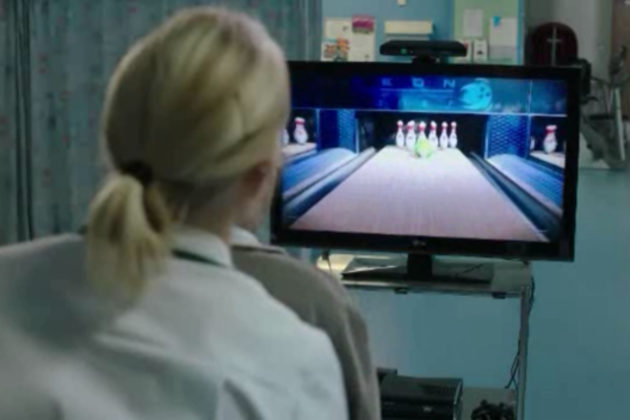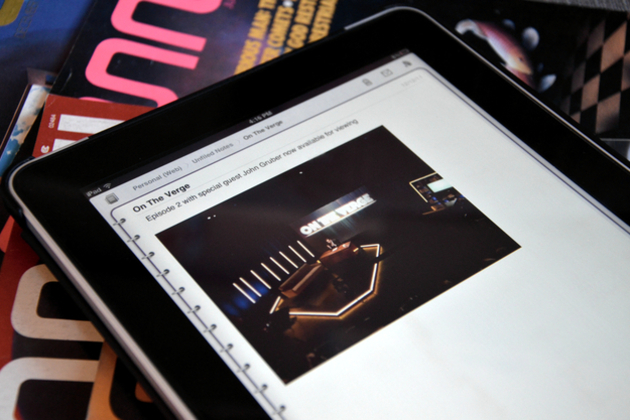
Kinect's finding its way into more and more areas of research as a comparatively cheap way to create 3D images. The camera's particularly gaining ground amongst health practitioners, and now we've heard of Kinect being used for gait analysis and rehab.
The uses in gait analysis — the study of how people walk — are being developed separately by both Missouri University and by students from Oak Ridge High School, Tennessee. Equipment to monitor people's walking exists already, but is expensive and usually requires use in a specialized testing environment. Missouri's working in collaboration with Americare's Tiger Place senior housing, where the cameras are being installed into residents' apartments to collect data and analyse their...






